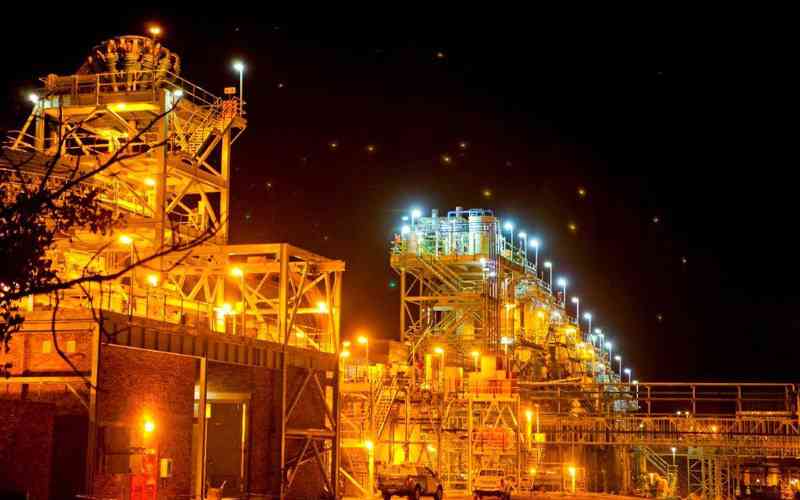
REVENUE at the Australia Stock Exchange (ASX)-listed mining giant Zimplats decreased by 7% to US$545,5 million for the half-year ending December 31, 2022, compared to the same period the previous year.
The decline was mostly caused by reduced sales volumes of platinum, palladium, rhodium, gold, ruthenium and iridium (6E).
“Revenue at US$545,5 million was 7% lower than prior period largely due to lower sales volumes with actual 6E ounces sold at 291 751 against 322 752 ounces in the prior period,” Zimplats chief executive officer Alex Mhembere said in a statement accompanying interim financial results.
“The prior period benefited from the sale of matte produced and stockpiled due to the administrative delay in the export of matte towards the end of the previous financial year.”
Cost of sales stood at US$315,6m, up 7% compared to the prior period.
“Consequently, gross profit margin was 42%, an 8% reduction from the 50% achieved in the same period last year mainly due to the impact of higher than budget operating cost per 6E ounce in the current period,” Mhembere said.
The Zimplats chief said the depressed average United States dollar metal prices also had an adverse impact on the review period.Cash operating cost per 6E ounce produced at US$822 increased by 17%.
This, according to Mhembere, was driven by inflation-related price increases on major consumables, 42% power tariff increase with effect from October 2022 and an increase in intermediated money transfer tax charges from 2% to 4%.Resultantly, profit before income tax for the period fell by 15% to US$221,5m.
- Stampede for Zim oilfields... US$17m raised ahead of landmark drill
- Platinum miners reject BNC refinery
- Zim platinum H2 output remains stable
- Zimplats splurges US$270m on capital projects
Keep Reading
Income tax for the half year was US$61,9m, resulting in a profit after tax for the period of US$159,6m.
The group generated net cash inflows from operating activities amounting to US$122m and paid dividends of US$120m.The cash and cash equivalents balance as at December 31, 2022 was US$250,8m.Ore mined during the half year increased by 9% to 3,8m tonnes.
This was mainly due to increased production output at Bimha and Mupani mines. Tonnes milled increased by 9%.
During the period under review, 6E production increased by 6% to 300 738 ounces due to the introduction of the third concentrator module during the half year.
Mhembere said the development and upgrade of Mupani Mine (the replacement for Ngwarati, Rukodzi and part of Mupfuti mines) was on schedule.
Mupani Mine targets 3,6m tonnes per annum in August 2028. He said a total of US$225m had been spent on this project as at December 31, 2022 against an approved project budget of US$386m.
The upgrading of Bimha Mine as part replacement of Mupfuti Mine is also progressing well, having achieved nominal production of 3,1m tonnes per annum, he said.
A total of US$51m had been spent on this project in the period under review against an approved project budget of US$82m.
In September last year, the company commissioned a third concentrator plant at Ngezi.The project used a total of US$97m against an approved budget of US$104m.
“The remaining relates to process optimisation and financial close out. The smelter expansion and sulphur dioxide (SO2) abatement continued implementation with on-site construction and offsite manufacturing of equipment,” he said.
The project targets a capacity of 380 000 tonnes of concentrates and an abatement of the SO2 emissions is targeted to be commissioned during the fiscal year 2025.
A total of US$50m had been spent against an approved budget of US$521m.
The refurbishment of the mothballed base metal refinery (BMR) at SMC was approved by the board in November 2022 with an authorised capital budget of US$190m and approved completion date of October 2025.The BMR targets a capacity of 5 200 tonnes of nickel equivalent to current production volumes.
Mhembere said the solar PV plant Phase 1A would achieve commercial operation in October 2023, adding that the project would cost about US$37m.










